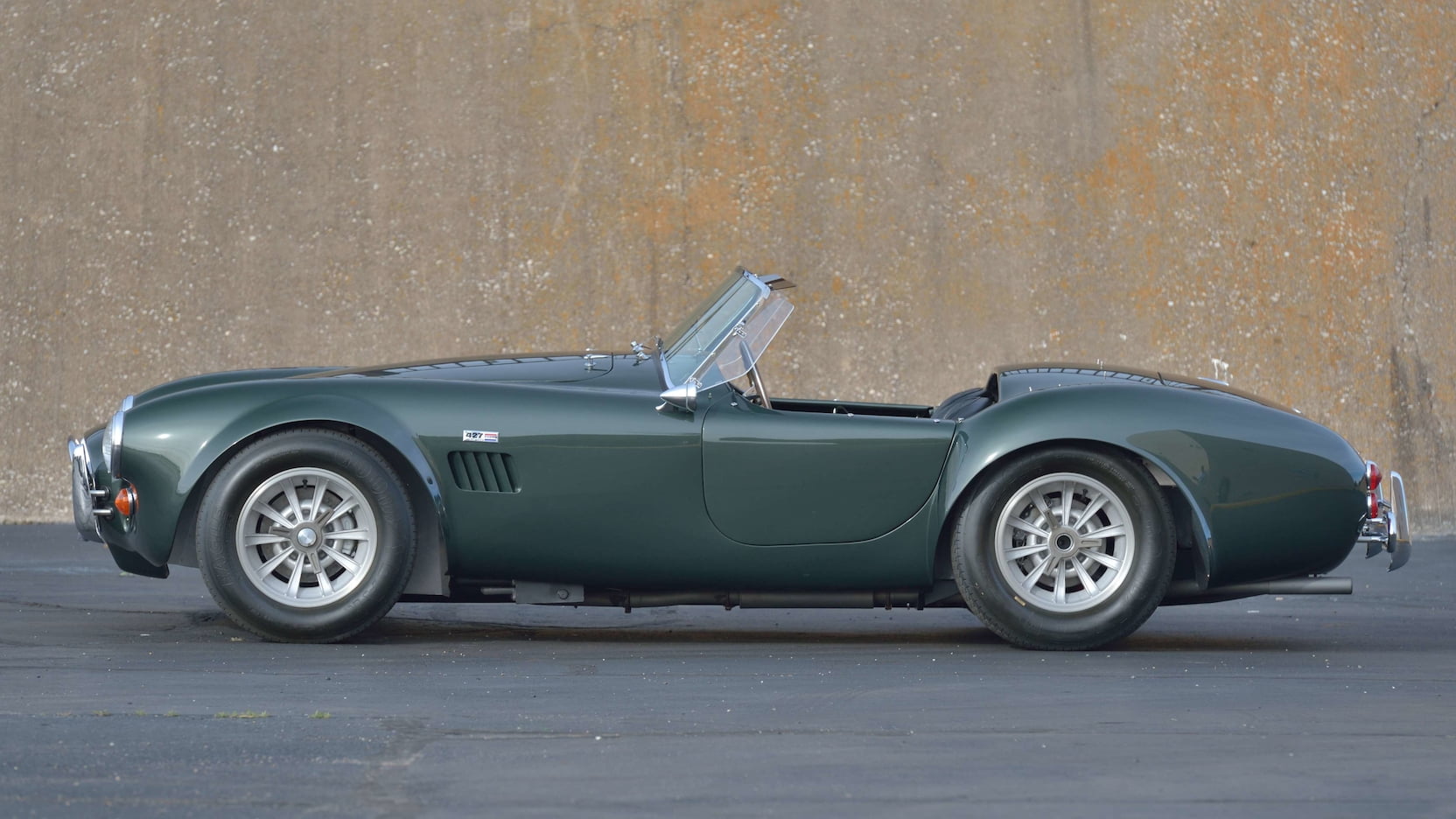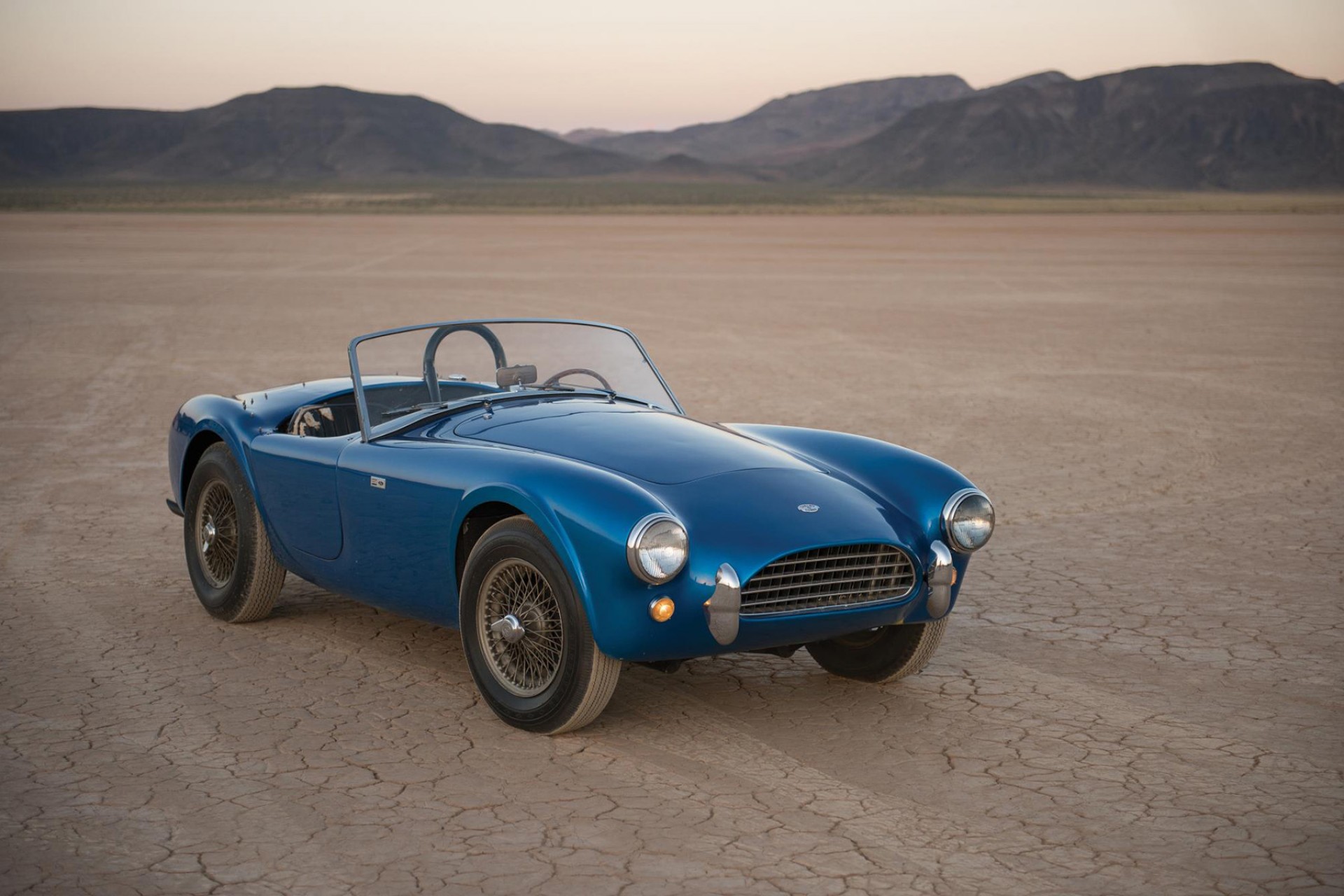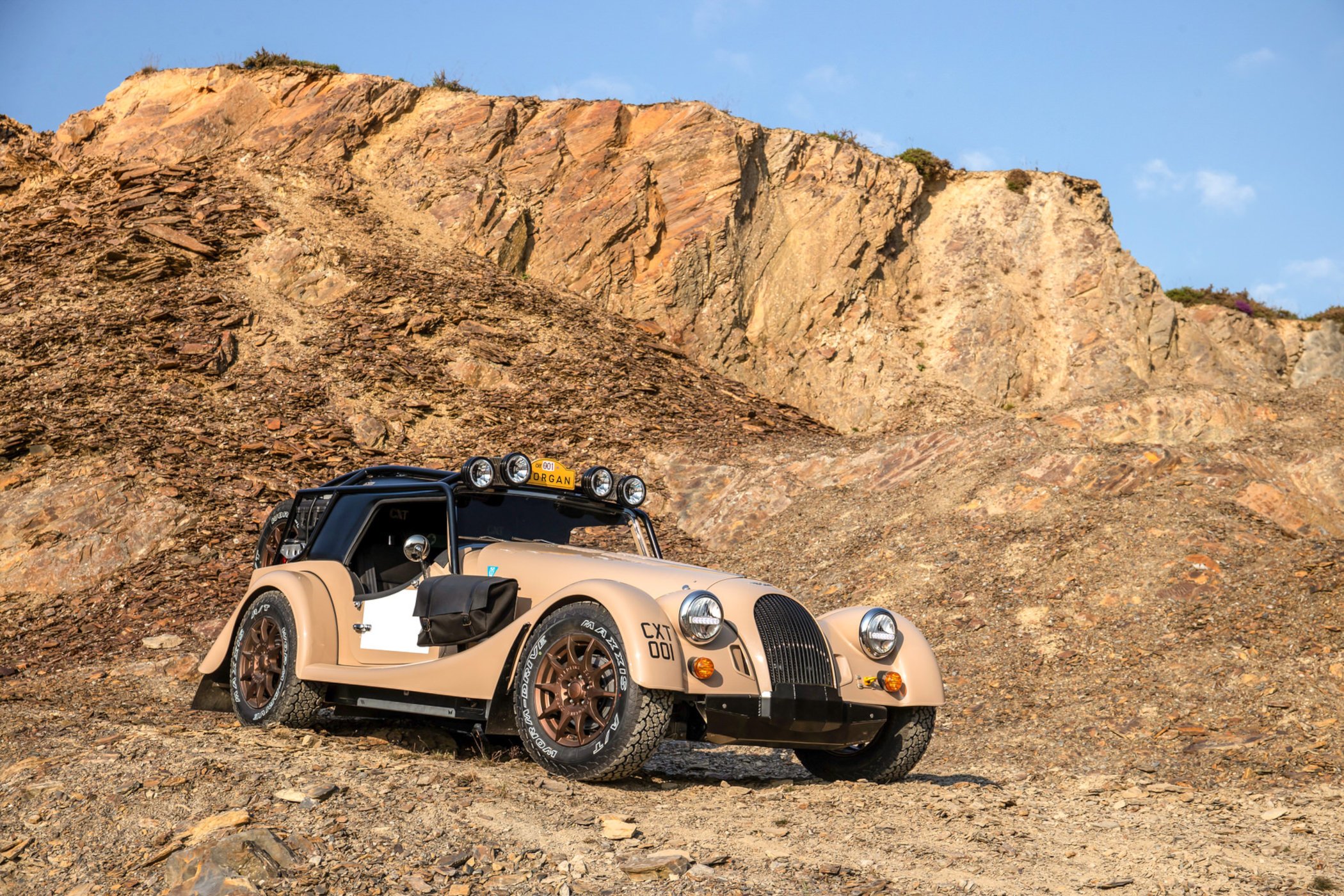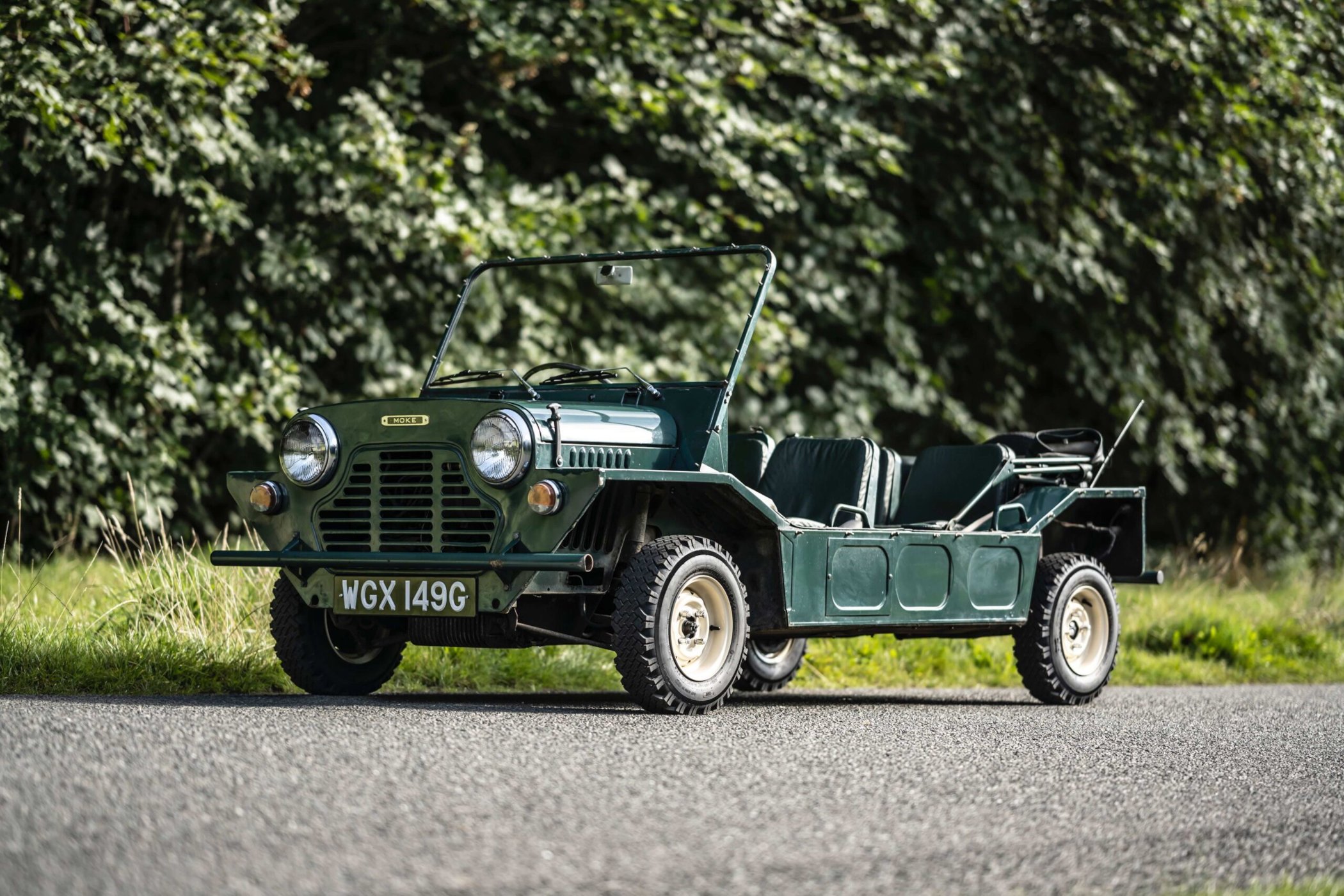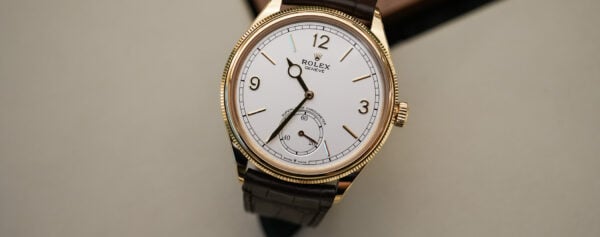Instead of showing you just one car and telling you all about why it’s so unique or cool, today’s Petrolhead Corner will be covering two cars. The two cars in question are built by iconic manufacturers, and share some similarities if you will. Both are catered towards the more exposed thrills of motoring. But the similarities basically end there, as the two cars in question are VERY different beasts altogether. One is a retro-modern bruiser of a muscle car to hoon around corners, and the other is a more traditional beach cruiser fit for the French Riviera. Which of the two you like best, is something we’ll happily read in the comments! Let’s find out more about the AC Cars Cobra GT Roadster, and the Morgan Plus Four Spiaggina.
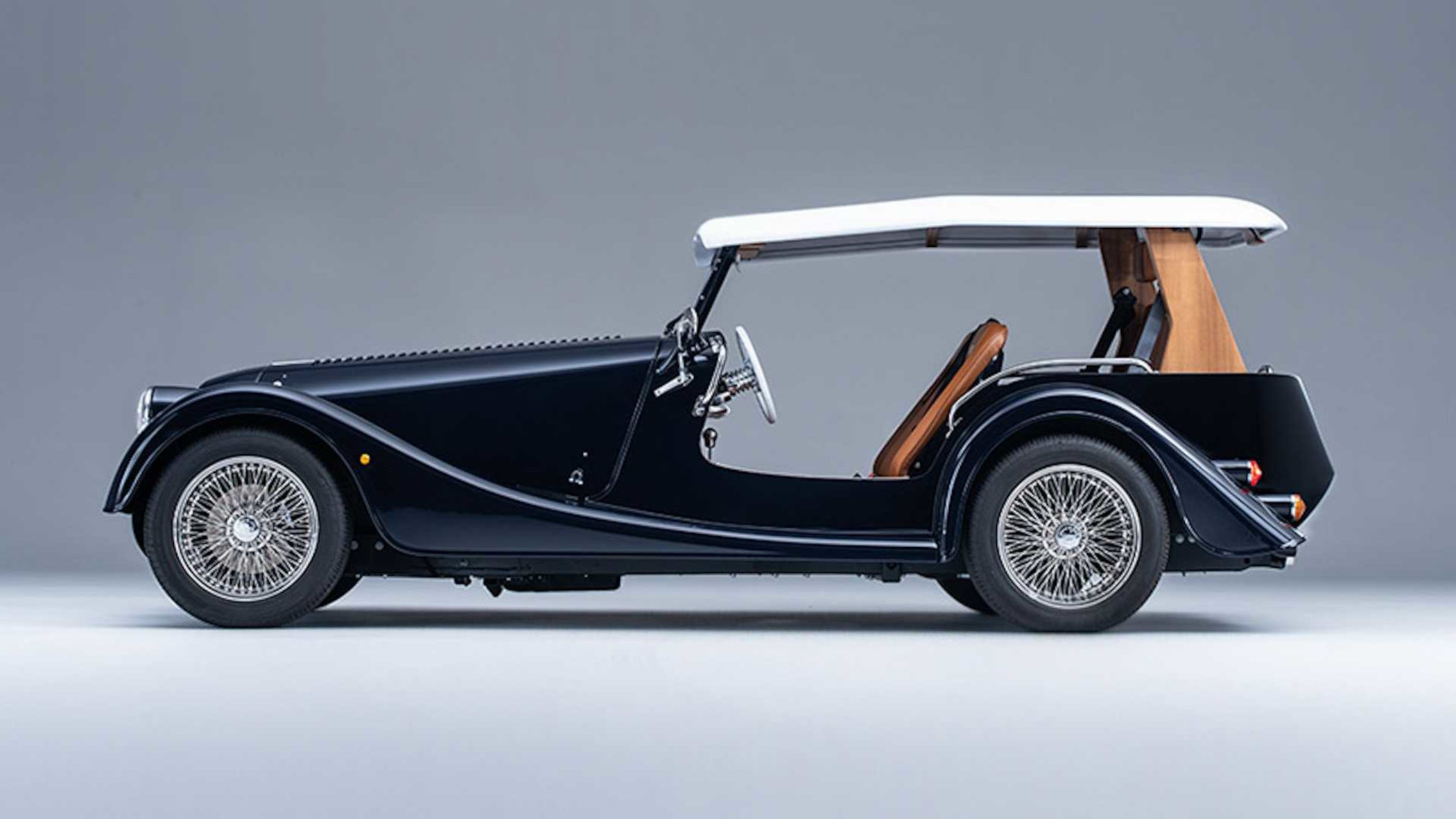
In all fairness, pitting these two cars head-to-head is a bit odd as they are completely different machines of course. Both are roadsters in a sense, and both have four wheels and an engine, but that’s pretty much where it ends. The two couldn’t be further apart, really, unless one of the two was electric. They aren’t by the way, as we’ll explain car by car.
The Shelby Legacy
The Shelby Cobra needs little introduction and is one of the automotive industry’s greatest cars ever made. It is a true American motoring legend, which ultimately led to Ford winning the Le Mans 24 hours race 4 years in a row with the GT40! But the story starts in the UK, with a company called AC Cars. The Cobra actually began as the AC Ace, a small and nimble roadster introduced in 1953. The earliest cars used a rather underwhelming 2-litre straight-4 engine with around 100bhp but engine size and power grew over time. By 1961, a chap called Carroll Shelby approached AC’s owner, Charles Hurlock to put a Ford V8 in one of the lightweight chassis of the AC Ace. And by that, the AC Cobra was born.
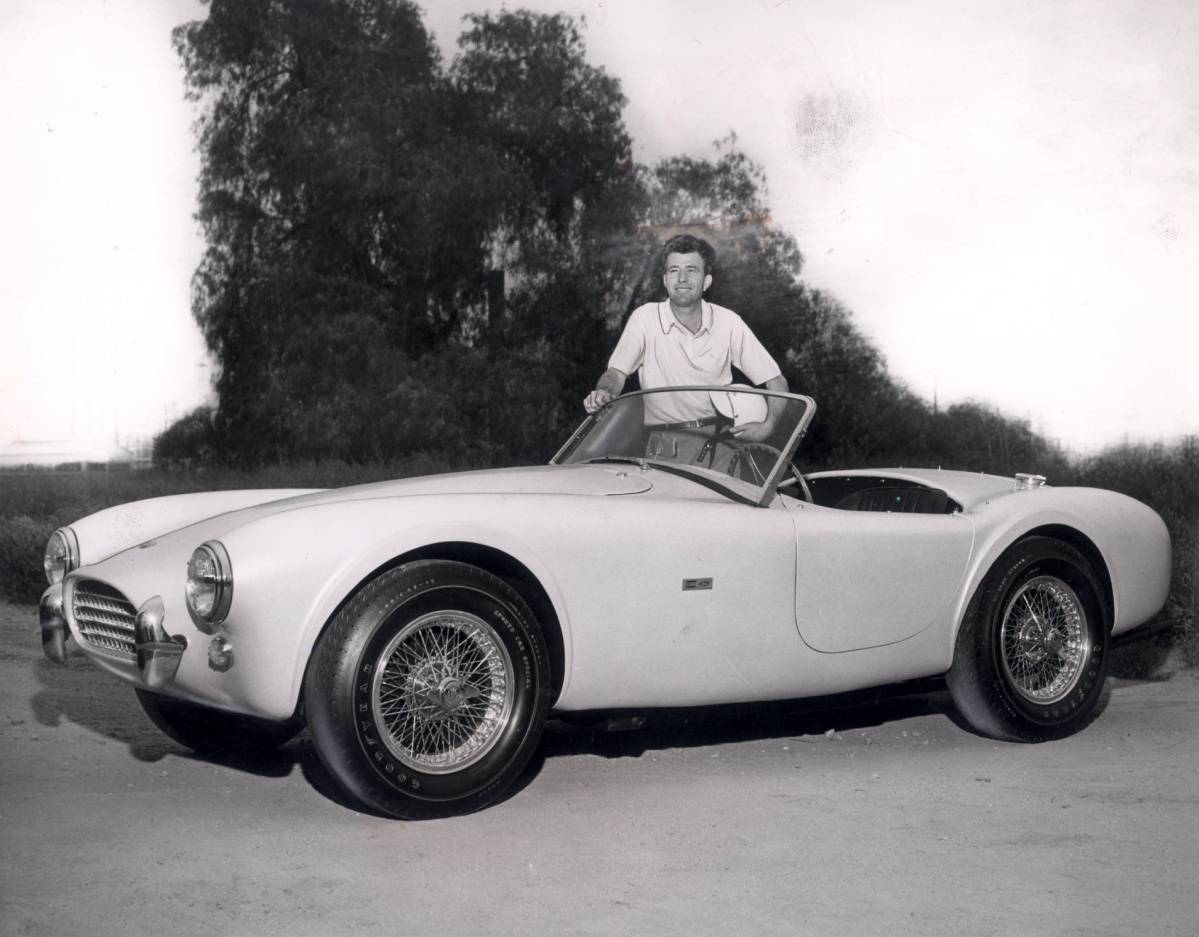
The AC Cobra, or the Shelby Cobra as it was known stateside, was a rebel. This was a time where American cars were big and flamboyant, and not exactly known for being sharp-handling lightweight GT cars. The AC/Shelby Cobra changed that, along with cars like the Corvette essentially. See, Carroll Shelby was a Le Mans-winning racer and an automotive engineer, forced into retirement due to health issues. With the Cobra, he wanted to continue his passion for cars and racing, and boy did he leave his mark on the industry! Through several generations, the engine capacity and power of the Corba grew from a 4.2-litre small block V8 with about 260bhp to a 7.0-litre Ford V8 producing close to 500 horsepower. This pushed the lightweight roadster (less than 1,100 kilos with this engine) to a top speed of almost 300 kph!
The story doesn’t end there though, as the Shelby Cobra was a monster when it went racing as well. The combination of a lightweight European chassis and a big and powerful V8 proved a winning combination. It won the GT Class in the 1964 Le Mans 24 Hours race, was adapted into the all-conquering Shelby Daytona Coupe and would be the stepping stone needed to develop the legendary Ford GT40.
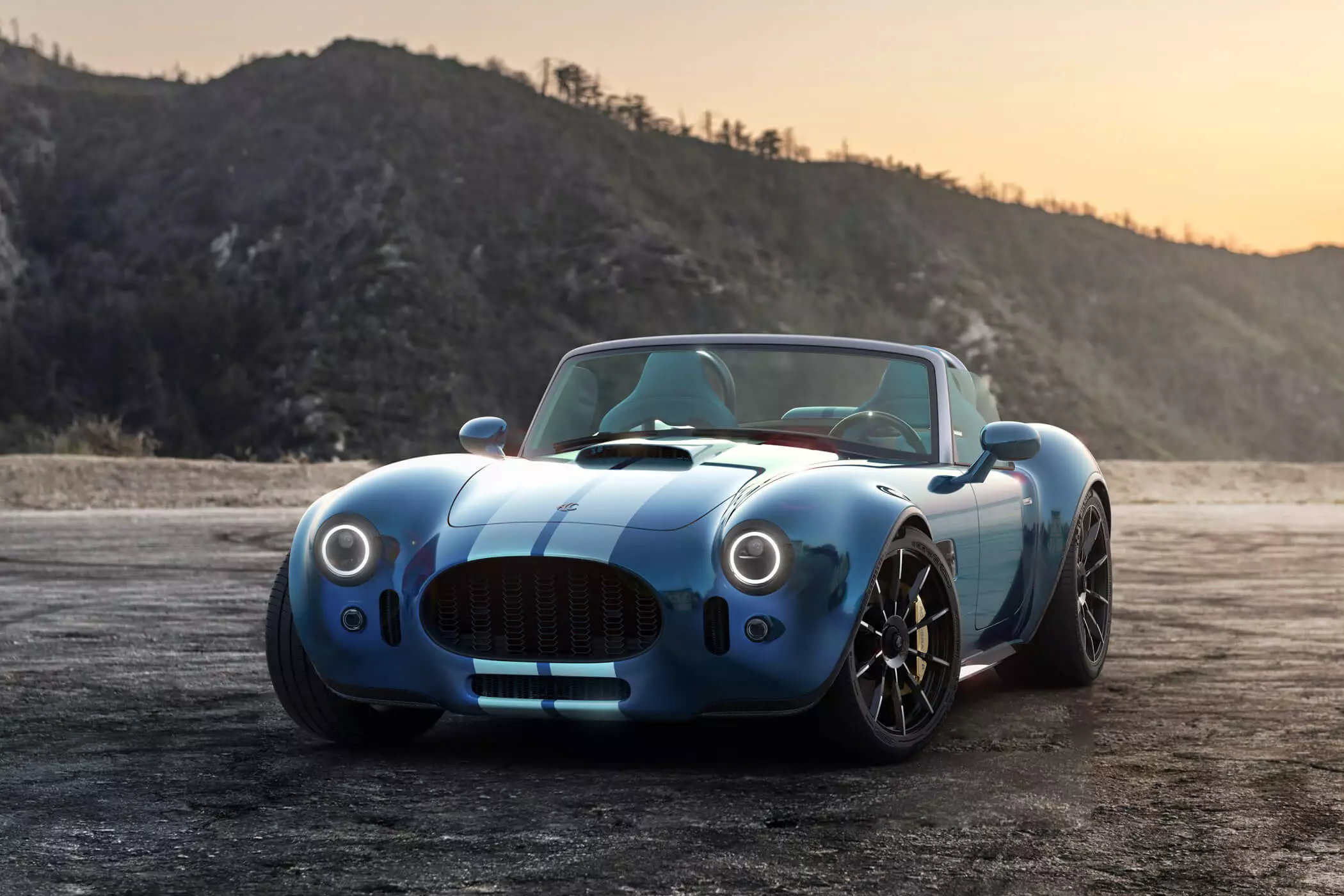
AC Cobra GT Roadster
So what do we have here then? Well, this is basically a brand-new modern interpretation of the iconic roadster by none other than AC Cars, the manufacturer of the original AC Ace. And this is to be taken a bit lightly as the AC Cars company was restructured and liquidated several times due to financial issues. Now though, the company is back and has just presented its latest car, the AC Cobra GT Roadster!
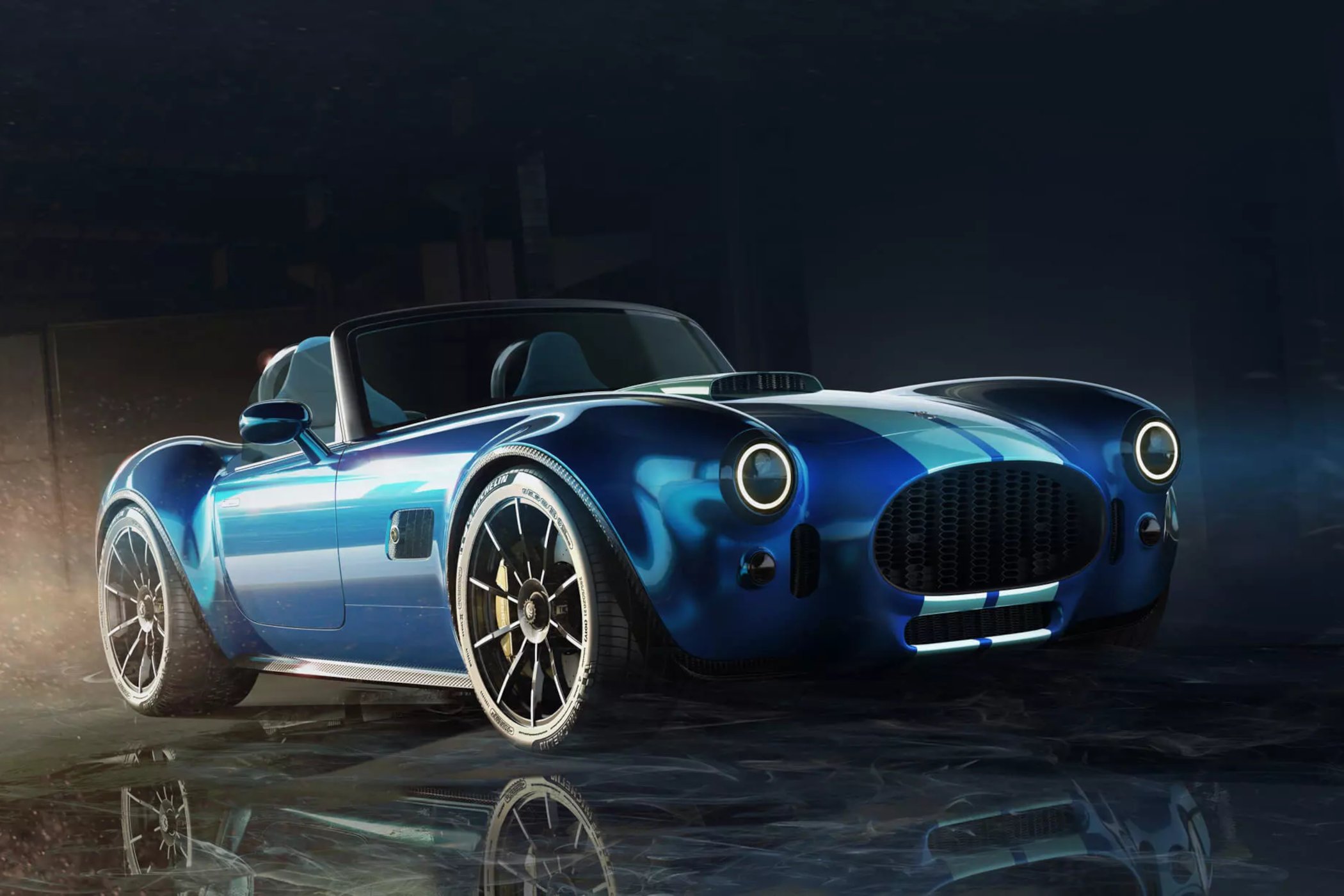
This new AC Cobra GT Roadster is a retro-modern take on the original concept, and closely resembles the style of the Shelby Cobra 427 (the big 7.0-litre one). But don’t mistake it for another kit car based on the original, as this one is built from the ground up with new tech, new materials and new power. The chassis is an aluminium spaceframe, which is draped in a carbon composite shell, complete with the famous flared arches, oval-shaped grille and characteristic air intake. AC Cars have stated the car will be slightly longer and wider than the Cobras that came before it, but it meets all modern safety standards. It is substantially heavier though, as it is expected to tip the scale below 1,500 kilos.
But all that extra weight should be no issue, really, as the supercharged 5.0-litre Ford Coyote V8 in the front drives roughly 660 horsepower to the rear wheels. More than plenty to launch it from a standstill to 100kph in under 3,5 seconds! The top speed is said to be 278kph, which I feel is on the conservative side considering power to weight.
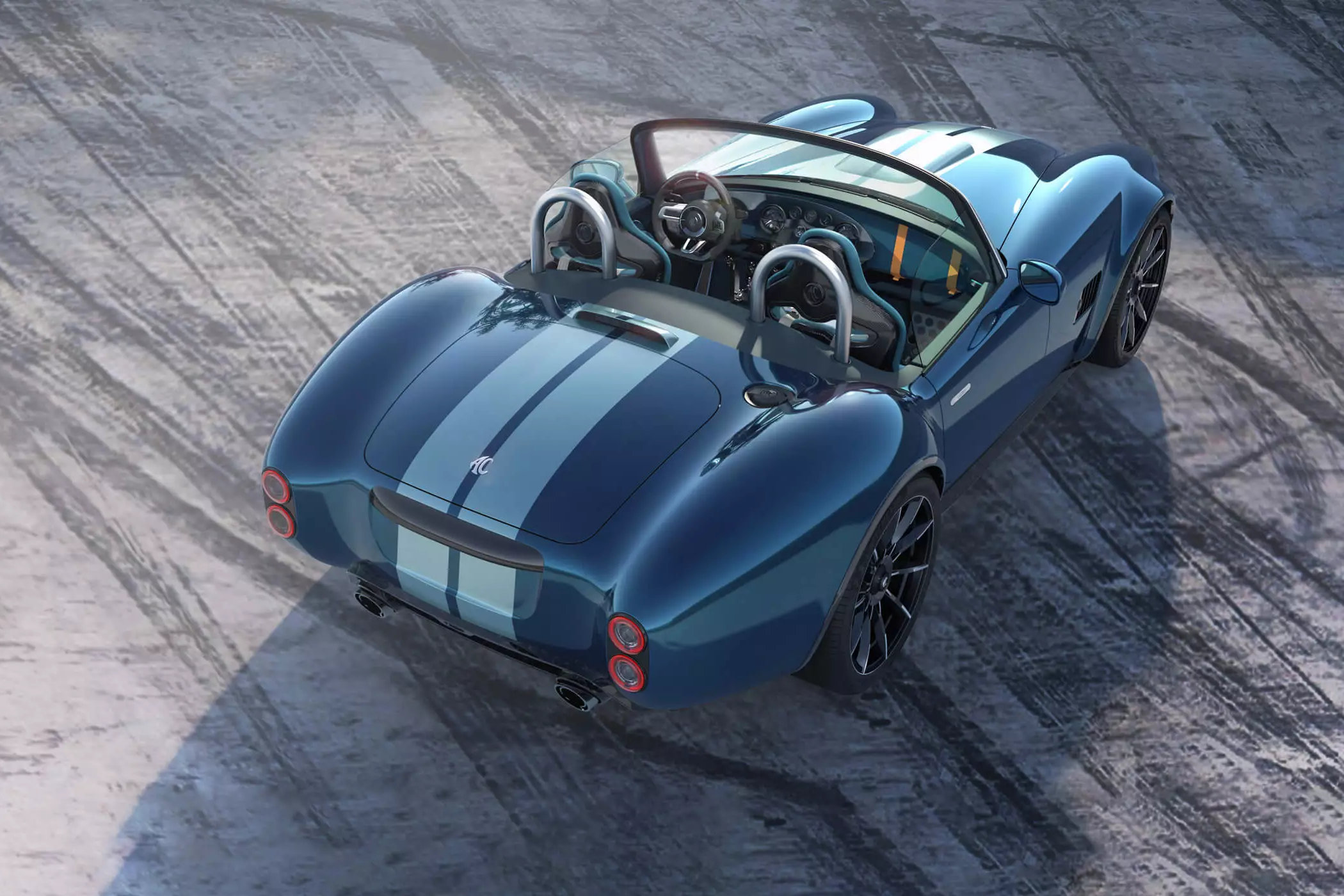
The interior will be custom-made to each owner’s specifications but will be far more modern than the spartan interiors of early Cobras. It comes with the classic upright windshield as standard, but I wouldn’t be surprised if you can opt for the very small double or even single small bug catcher windshields (free lunch!). A double roll-hoop protects your dome if you happen to end up upside-down. Each car will cost upwards of USD 340,000 when released in April of this year.
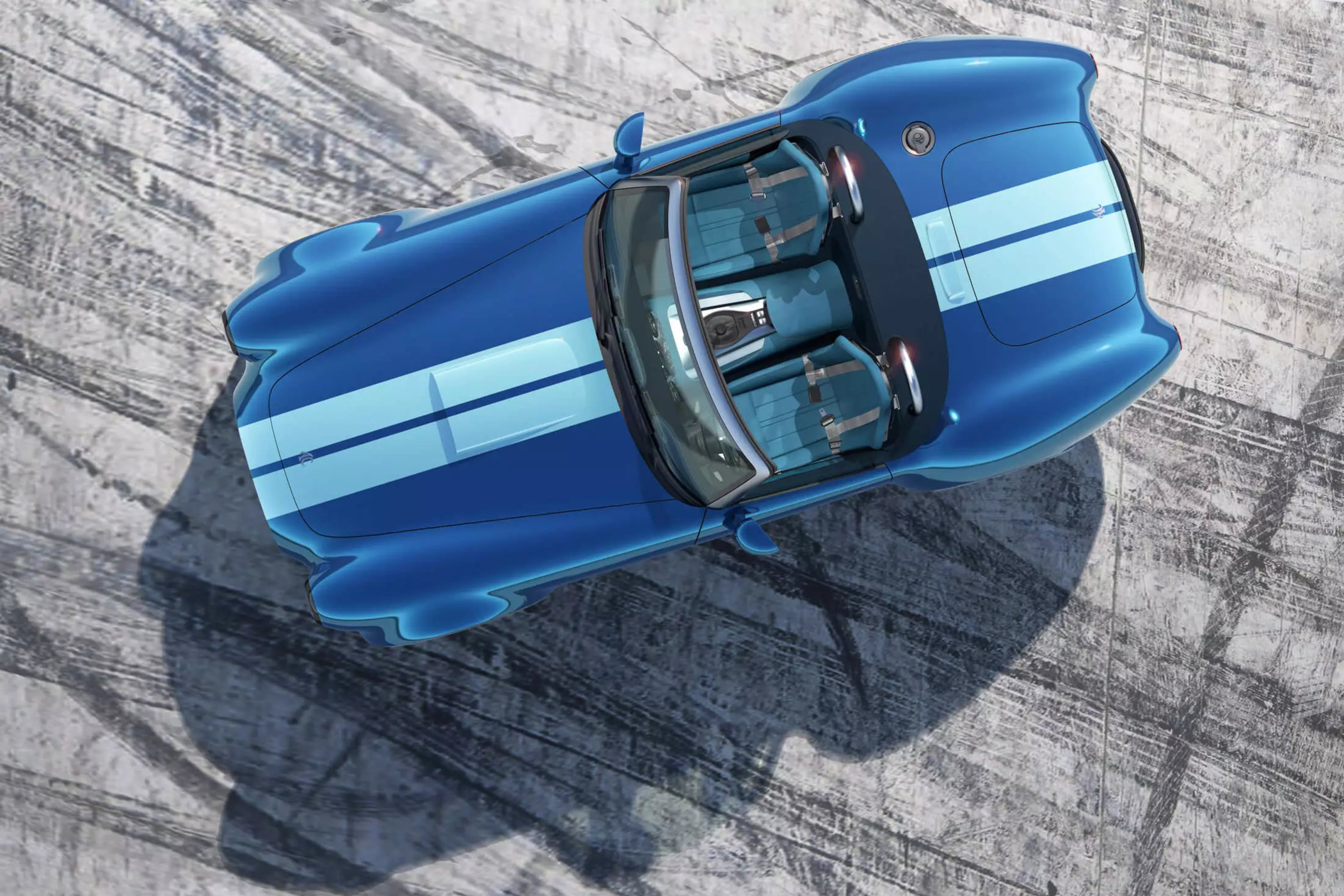
For more information, please visit ACCars.eu
Crafted from wood
Morgan cars are known for two things really; wood frames, and old-school design. While that statement is putting things a bit too simplistic, it is very true in essence. Old Morgans were hand-built with ash wood chassis and to this day, the technique is still used to build cars. The company has moved on to build cars with more modern techniques as well, but wood is always at the heart of every Morgan. The styling also seemed to have stood still for Morgan, as its cars often sit on wire wheels, with a nose section that holds a horseshoe-shaped grille, flared wheel arches and a low upright window. While cars like the Aero 8 and Aeromax channelled a more modern design, with signature styling cues, these cars have come all come and gone yet the classical Plus Four and Plus Six have remained.
Previously we wrote about the Morgan Three-wheeler, now called the Super 3, and the very cool CX-T off-roader. The red line through all of these cars is a keen sense of heritage designs, respect for craftsmanship and the sense of urgency to use modern technology where needed. This is primarily down to engine and transmission set-ups, with the rest being built by hand in true coachbuilding nature. It’s a lot like watchmaking in essence, where brands find inspiration in vintage models and references, and bring it back to life using traditional methods but with modern materials and movement construction.

Morgan Plus 4 Spiaggina
This one-of-a-kind Morgan Plus Four Spiaggina was commissioned by an avid Morgan enthusiast from the USA and was completed and delivered in 2022 but kept under wraps by the company until now. The name Spiaggina translates to ‘beach-ready’ in Italian, with Spiaggia meaning beach. The style is very reminiscent of cars like the Fiat 500 Jolly, Mini Moke or the Renault 4CV Jolly from the 1950s and 1960s. These cars had no doors, fabric umbrella-like roof constructions, and wicker seats (some, not all), which made them perfect for a life on and around the beach. The Morgan Plus 4 Spiaggina captures that very essence, but with a little contemporary twist.
The Plus Four Spiaggina is based upon the platform of the Plus Four, Morgan’s classically styled roadster. The design of the car from the front bumper up until the windshield is largely unchanged, but from then on backwards it’s a completely new car. The client’s vision was to reconstruct the rear section of the car, and the interior for that matter, into a beach cruiser like the ones that were popularized by movie stars and jet setters in the swinging sixties.
The rear of the car no longer has a traditional fold-down soft top, but a fixed canopy mounted on a teak wooden frame (it’s Morgan after all). The two sides of the white roof can fold open to make it a bit easier to get in and out of. The headrests for the back seats are top-mounted on the crossbar of the wooden structure, a cool little touch. The back section of the body is cut away to open up Morgan’s interior as much as possible. The interior is completely rebuilt with the Jolly car style in mind. It comes with tan-coloured leather seats, a woven storage net under the dashboard, a leather-wrapped steering wheel and more. The back seats fold flat and with the trunk lid down it’s turned into a wooden deck to store your surfboard and such.
The deep blue body hides a turbocharged two-litre four-cylinder engine from BMW with about 255 horsepower. That makes it quite a quick car, with a zero-to-100kph time of 5.2 seconds and a top speed of 240kph. No need for more, as this is built for cruising around the seaside instead of blasting down the Autobahn. The gorgeous retro wire wheels enhance the laidback retro look of the Spiaggina even further. There’s no word on the price for such a car, but considering the amount of manual labour, I bet it doesn’t come cheap!
For more information, please visit Morgan-Motor.com
https://monochrome-watches.com/the-petrolhead-corner-two-very-special-yet-very-different-cars-from-ac-and-morgan/


